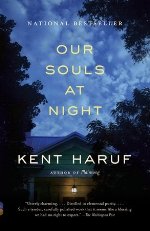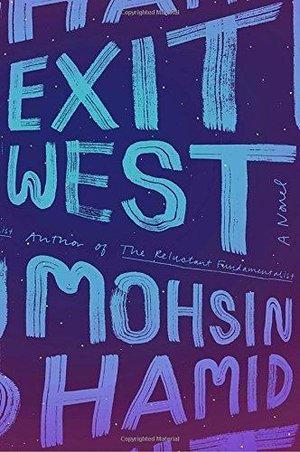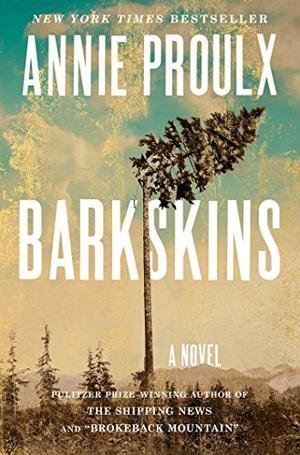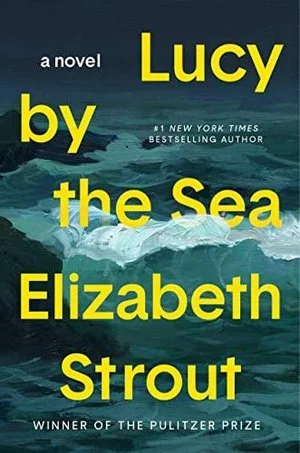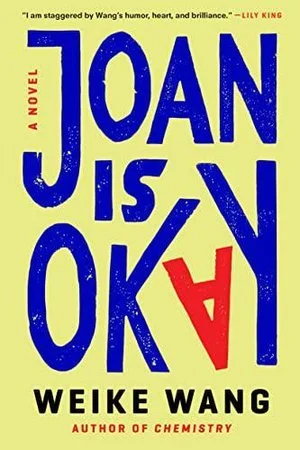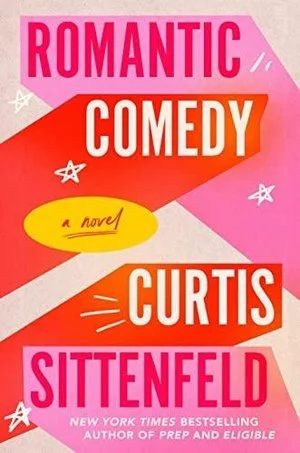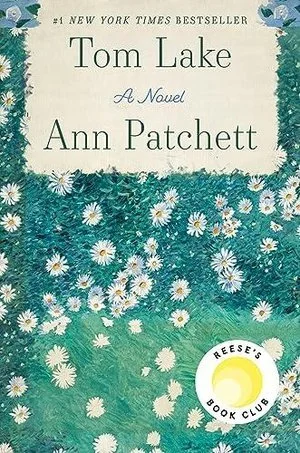Whale Fall Elizabeth O’Connor (2024) Ah, the rustic life on a remote island! Sometimes we long for it, but the reality is harsh. O’Connor’s poignant novel paints a convincing portrait of the inhabitants of a very small fictional island off the coast of Wales in the year 1938. The protagonist is Manod, an eighteen-year-old woman who is trying to decide if she will move to the mainland; she weighs family obligations, personal ambitions, and the international political landscape. The seasonal fishing and sheep-raising routine of the island’s few hardworking inhabitants is interrupted by the arrival of two ethnography researchers from Oxford. At first, as the visitors record folk songs and take photographs, their presence seems benign. Spoiler alert: their presence is not benign. The nature prose of this novel is hauntingly lovely. The story is heartbreaking.
Strange Flowers Donal Ryan (2020) In 2018, I reviewed Donal Ryan’s 2014 collection of linked short stories, titled The Spinning Heart. Ryan’s prose has become even more luminous since then. In his novel Strange Flowers, he once again takes us to his native Ireland, to a family in rural County Tipperary, beginning in 1973. Twenty-year-old Moll Gladney walks away from her parents’ home without a word of farewell, and the novelist plumbs the emotions of her parents, both during the five years that Moll is gone and when she returns with many secrets. Although I thought that the story-within-a-story in the latter part of the book didn’t quite fit, this is still an exceptionally fine exploration of family bonds and of the many varieties of love between humans.












